What The Tech?! Laptop Computers
The laptop would help humanity take computing on the go.
Technology has helped to shape our modern world in a myriad of different ways, and one of the biggest indicators of this trend has been the meteoric rise of computing devices in all shapes and sizes. The early trend of computers being large, bulky devices would eventually evolve into smaller, more feature-rich devices becoming the norm.
Eventually, these trends would give rise to the single board computer, the smartphone and eventually, the Internet of Things, thanks to small, embedded designs. The pack leader of these technology trends though, has always been the laptop. It would let gamers go mobile, enable a whole generation of remote workers and bring powerful personal computing devices to the masses, and its development and history are the star of today's What the Tech?!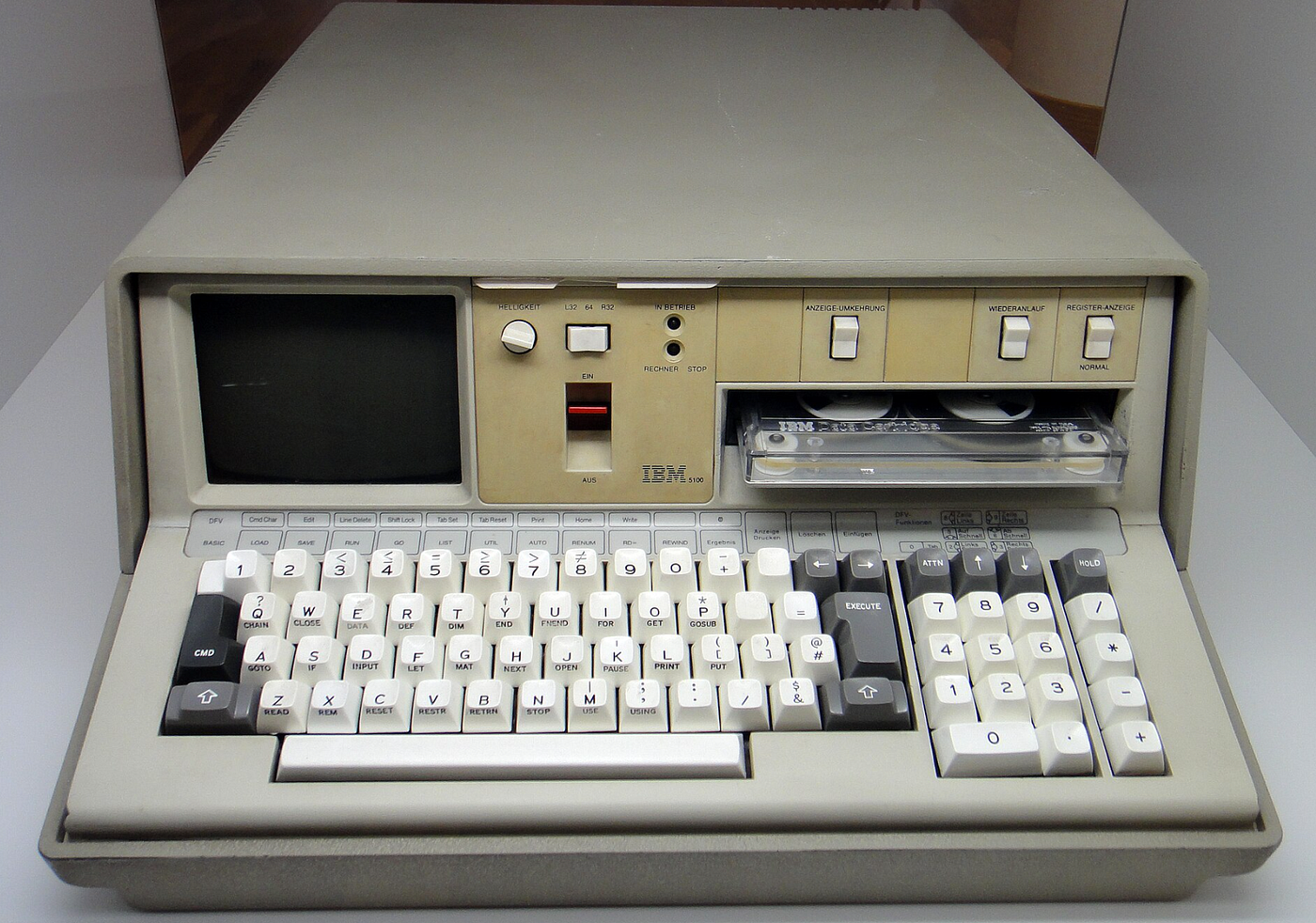 The IBM 5100 was one of the first “portable” computers. Good luck fitting it in a bag though. Source: Wikipedia.
The IBM 5100 was one of the first “portable” computers. Good luck fitting it in a bag though. Source: Wikipedia.
The Early Days
Even in the early days of commercial computing, the concept of a portable device had much interest, despite the size limitations of the equipment available at the time. While the first concepts would be discussed in the 60s, it would take another full decade for the first commercial device to be released.
The IBM 5100 aimed to get people thinking about portable computing, and while it looks pretty ridiculous in comparison to modern devices, at the time, this was cutting-edge computing technology.
As the usage of 8-bit CPU’s would expand, so too would the number of available devices available to consumers. And while none of them at this point would fit the description of a modern laptop, we can already see the improvements in electronics design improving the size and form factor of the machines.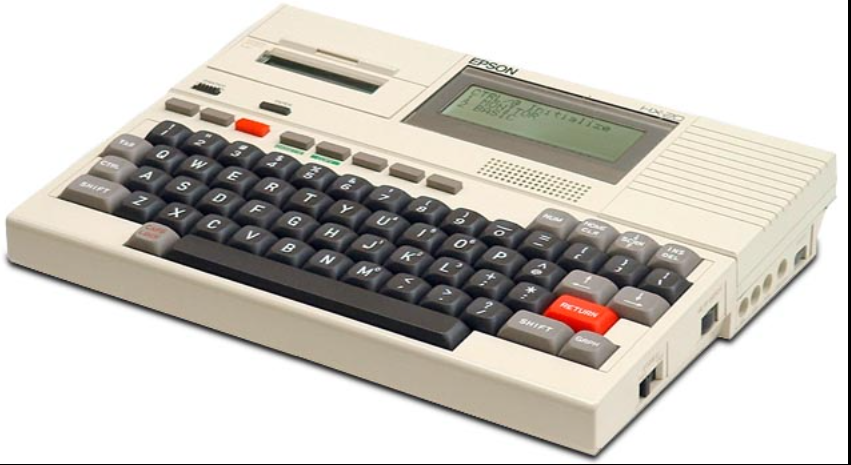
The EPSON HX-20 would be released just 8 years after the original IBM design, and in comparison, provided a sleek and relatively modern user interface. Marketed as the first notebook computer, the EPSON machine would help kick off the technology trend that would end up being hugely influential to the 80s era while breaking open a whole new world of commercial/personal computing.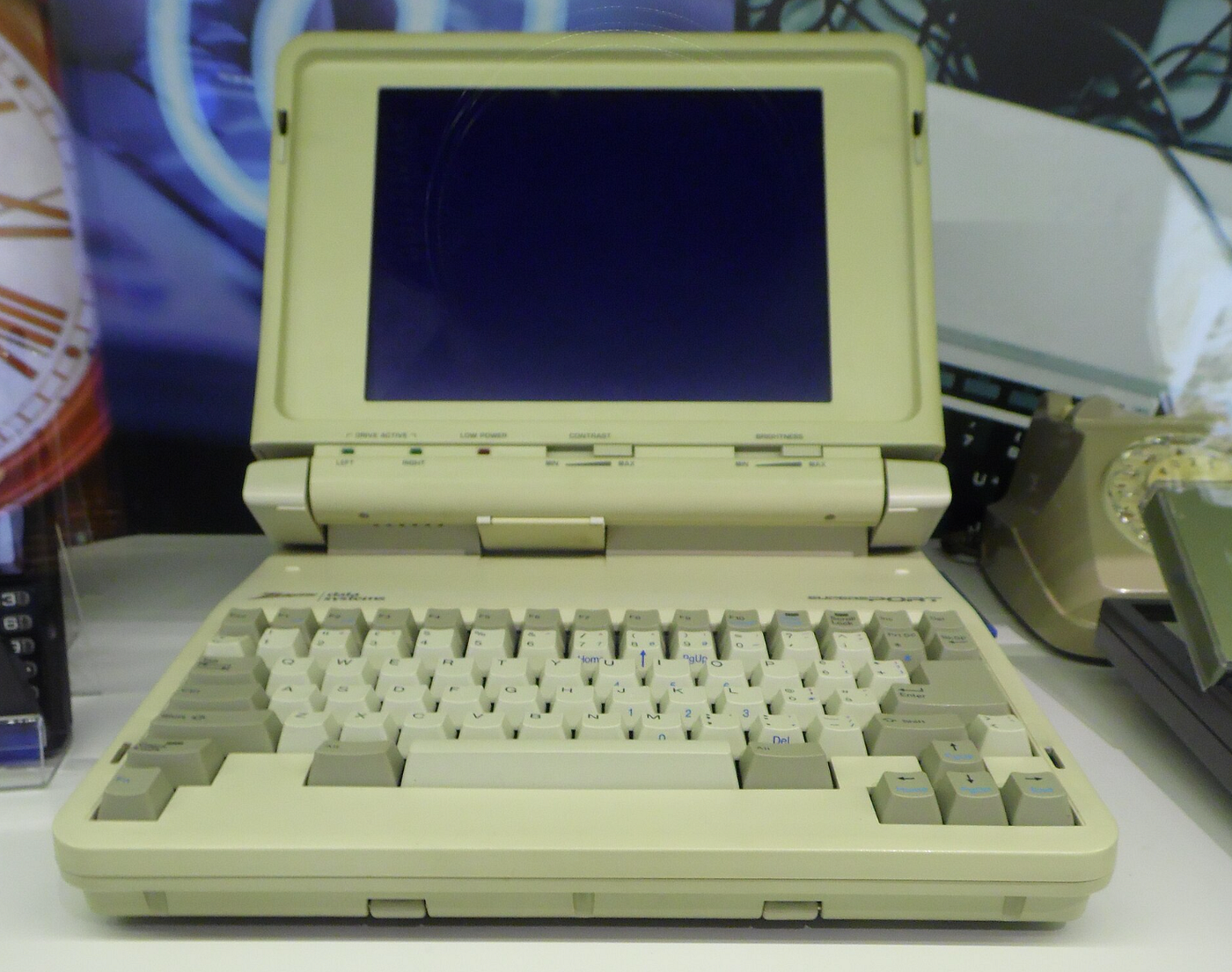 The Zenith SuperSport laptop was launched in 1988 with an entirely new modern design. Source: Wikipedia.
The Zenith SuperSport laptop was launched in 1988 with an entirely new modern design. Source: Wikipedia.
The Miniturisation Boom
If you aren’t an electronics nerd, it can often be difficult to grasp just how influential the boom in modern electronics would be. It’s no exaggeration to say that in many instances, they would help to unlock the world for humanity. Modern, frequency-agile radios would give us the means to communicate across the globe, and ever more efficient computer chips would help us achieve imagery that previous generations could have only dreamed about.
At the forefront of this was computing of all types, and miniturisation was a key part in giving us the ability to manufacture the technology that would be so essential in today's world. The 90s designs look like clunkers today, but at the time this was as good as it got. Source: Wikipedia
The 90s designs look like clunkers today, but at the time this was as good as it got. Source: Wikipedia
With systems moving from bulkier “through hole” systems down to sleeker “surface mount” designs, the improvement dividend was immediately visible. While you’d still rightfully be able to designate a 90s laptop as a bit of a clunker, we’d start to see the first true systems that were able to provide performance at an acceptable price point.
This would have a very real impact on the overall market as consumers shifted towards technology that better suited their needs. In fact, it would have such a broad impact that 1992 would eventually be identified as the year when more portable designs would be ordered in comparison to traditional desktop-based systems. By the end of the year, the new laptop market would be growing at three times the rate of the Desktop one. New tech would bring new designs. This is the early 2000s Lenovo Ideabook. Source: Wikipedia.
New tech would bring new designs. This is the early 2000s Lenovo Ideabook. Source: Wikipedia.
A Well-Known Casualty
While the stage was now set for our modern-era devices, it’s important to point out that some absolute powerhouses of technology would not survive the era despite their broad commercial success.
The most notable of these would be a computing giant. IBM kicked off the whole microcomputer market and at one point controlled so much of the overall market that it would spawn the phrase IBM Compatible to describe hardware and programs would see its downfall during this era.
Despite their success in the 80s and 90s, IBM would never fully regain their glory days and would exit the microcomputer market in 2005 when it would sell the well-known Thinkpad brand to Lenovo, which would take it into the 21st century.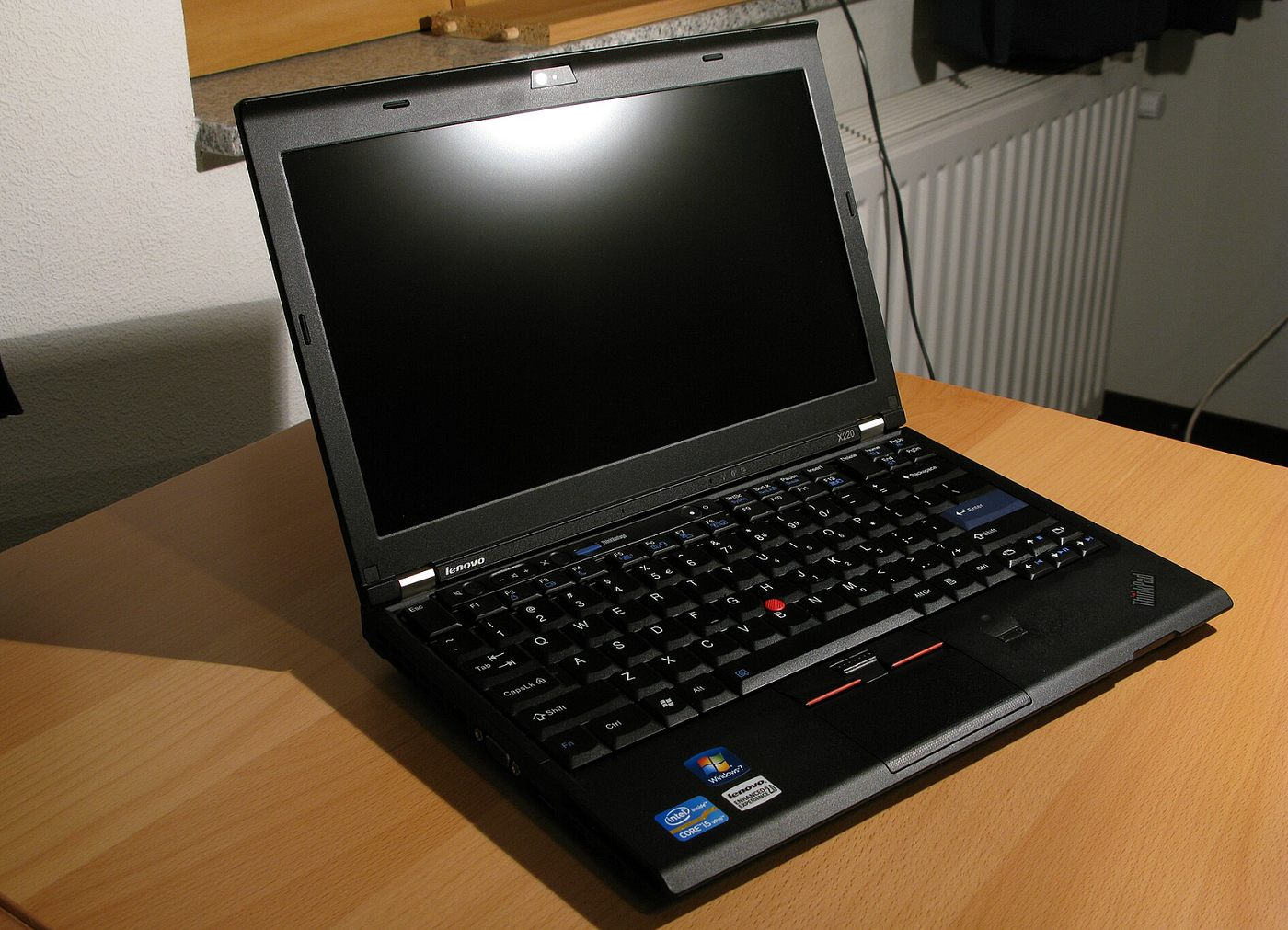
This would mean that IBM would miss the new boom era. Here, cheaper memory, better-performing chips and better battery performance, paired with good manufacturer support, would kick off a new era of computing that would be instantly recognisable today.
As one giant falls, another would rise, and while Apple would originally be known for its average early 90s design, a revitalised company would end up developing the iPhone, iPad and MacBook designs. Extremely popular with its users, Apple would build its brand on providing consistent and reliable performance in an ecosystem that would work, albeit at a cost.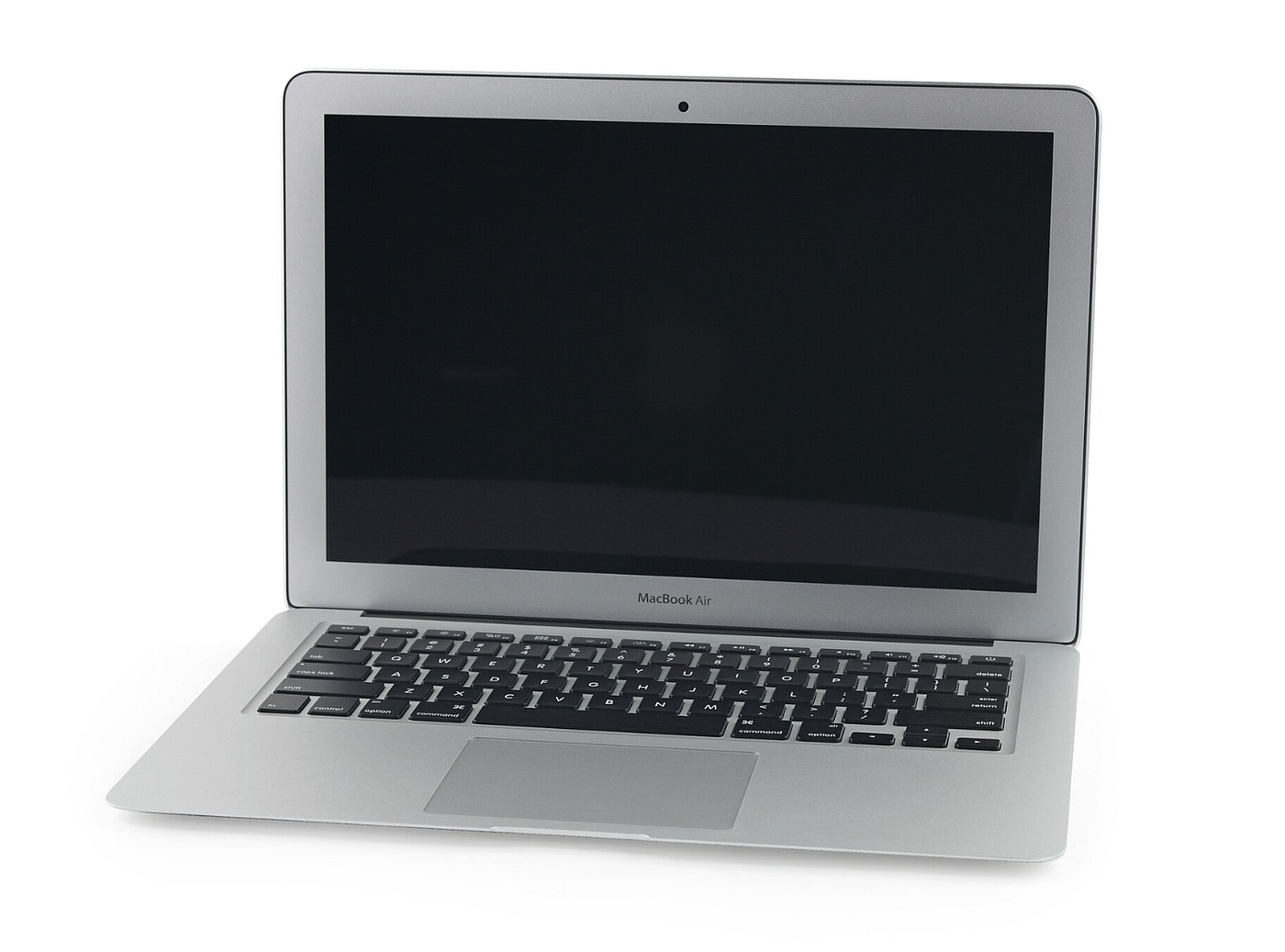 Love them or hate them, MacBooks would be hugely influential in shaping the modern laptop. Source: Wikipedia.
Love them or hate them, MacBooks would be hugely influential in shaping the modern laptop. Source: Wikipedia.
While designs like the Chromebook would focus on providing a cheap, power-efficient system that was lightweight and easy to use, power users would end up chasing an entirely different set of requirements to fulfil their needs. We’ve sent laptops everywhere! This is part of the computing package on the International Space Station. Source: Wikipedia.
We’ve sent laptops everywhere! This is part of the computing package on the International Space Station. Source: Wikipedia.
The Golden Era
With modern designs being reliable enough to be sent pretty much anywhere in the world, as well as a few places that were out of it, we’d start to see a bit of a shift in how such devices were used and as such, their overall design.
While we went through a phase of making machines that would be smaller and thinner than we’d seen, the rise of AI, paired with consumer-grade graphics hardware, would shift the evolution of our machines.
Now, consumers would be willing to deal with a slightly bulkier machine that would be fully outfitted with high levels of RAM and even Graphics Processing Units that were equipped to provide stunning levels of performance without blowing the budget.
No longer would software developers be tied to a desk. Now, pretty much any off-the-shelf gaming system packs enough punch to keep all but the most fussy power users satisfied.
We’re already reaping the benefits of these designs as an ever-expanding assortment of artificial intelligence systems is now available for local use. While they won’t be eclipsing the performance of the cutting-edge commercial models any time soon, they bring local artificial intelligence designs within the reach of the everyday consumer, sparking off a new era of design and development.
It’s an exciting time to be a fan of technology.
What The Tech is our recurring, twice-monthly piece that looks at the technology that was essential in shaping our modern world.
If you found this article insightful, informative, or entertaining, we kindly encourage you to show your support. Clapping for this article not only lets the author know that their work is appreciated but also helps boost its visibility to others who might benefit from it.
🌟 Enjoyed this article? Join the community! 🌟
📢 Join our OSINT Telegram channel for exclusive updates or
📢 Follow our crypto Telegram for the latest giveaways
🐦 Follow us on Twitter and
🟦 We’re now on Bluesky!
🔗 Articles we think you’ll like:
- What The Tech?! Space Shuttles
- Shodan: A Map of the Internet
✉️ Want more content like this? Sign up for email updates






























